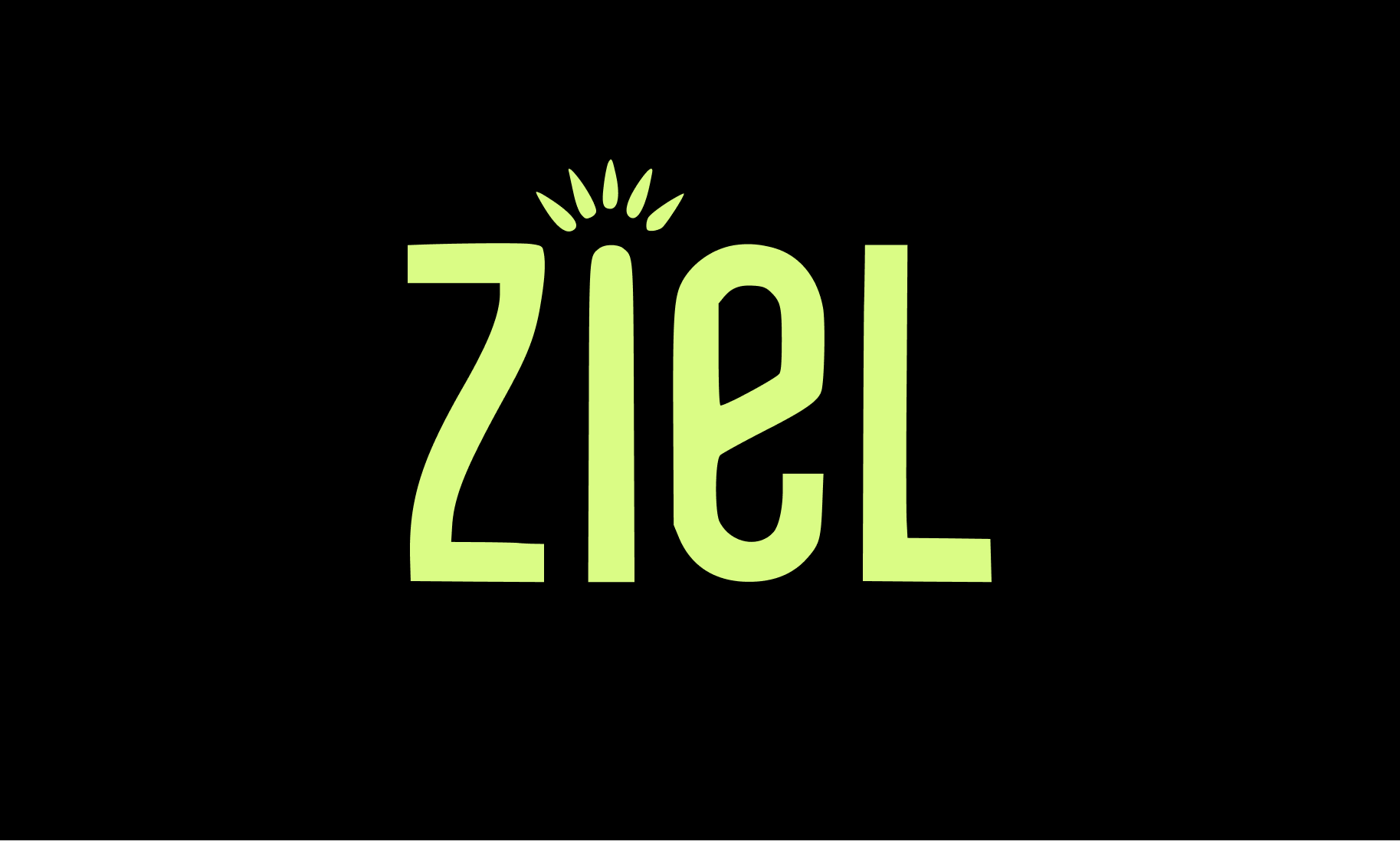In the dynamic world of business, staying ahead of the curve requires innovative approaches to workforce management. One such approach that has gained immense popularity in recent years is staff augmentation. Unlike conventional hiring practices, staff augmentation offers unparalleled flexibility and access to specialized talent, making it a game-changer for businesses of all sizes. According to a report by Gartner, 64% of business leaders believe there is a significant gap in critical skills within their organizations. Staff augmentation helps bridge this gap by providing access to specialized talent.
Understanding Staff Augmentation
Staff augmentation is an essential business strategy that empowers organizations to enhance their existing workforce by strategically incorporating external professionals. This proactive approach is ideal for companies that are serious about filling specific skill gaps, managing peak workloads, or meeting aggressive project deadlines without the limitations of long-term employment commitments.
Key Characteristics of Staff Augmentation:
Flexibility
The primary advantage of staff augmentation is its unparalleled flexibility. Organizations can and should rapidly scale their workforce up or down according to project demands, enabling them to respond decisively to the dynamic nature of today’s business landscape. This capability is not just beneficial; it is critical for maintaining competitiveness and seizing opportunities as they arise.
Specialized Expertise
Staff augmentation provides immediate access to a pool of highly skilled professionals with niche expertise that may not be available internally. By leveraging these external experts, organizations can confidently tackle complex challenges and meet unique project requirements head-on. This infusion of specialized knowledge is not optional; it is vital for driving innovation, enhancing quality, and achieving superior results.
Cost-Effectiveness
Engaging in staff augmentation leads to substantial and direct cost savings. If you choose temporary professionals over permanent hires, you will eliminate the overhead costs associated with full-time employees, including benefits, training, and long-term infrastructure investments. This strategic decision empowers businesses to allocate their resources more effectively, solidifying their financial health while ensuring they have the right talent to excel in their projects.
Staff augmentation is not merely a tool; it is a strategic necessity for organizations determined to optimize their workforce and thrive in an ever-evolving business environment. Embracing this approach is essential for achieving agility, fostering innovation, and maintaining a competitive edge in the marketplace. Companies that ignore the benefits of staff augmentation risk falling behind in today’s fast-paced business world.
Staff augmentation is particularly advantageous for industries that experience fluctuating workloads, such as IT, marketing, and manufacturing. A study by Owl Labs indicates that 16% of companies globally are now fully remote, and 74% of workers expect remote work to become a standard practice. Staff augmentation aligns with this trend, offering remote and flexible workforce solutions. if they are following the trend, why aren’t you?
Conventional Staffing Practices vs. Staff Augmentation
Conventional staffing practices involve hiring full-time or part-time employees through a lengthy recruitment process. While this method has its merits, it often lacks the agility to address immediate business challenges.
The table below highlights key differences:
Aspect
Conventional Staffing
Staff Augmentation
Time to Hire
Lengthy recruitment process
Quick onboarding of external talent
Cost
High overhead costs (benefits, training, etc.)High overhead costs (benefits, training, etc.)
Cost-effective; pay only for required services
Flexibility
High flexibility to scale workforce
Access to Expertise
Limited to in-house skills
Adaptability
By leveraging staff augmentation, businesses can address critical challenges such as project delays, skill shortages, and resource constraints more effectively. So, to achieve perfection and success; businesses adopt staff augmentation within their business. According to a Deloitte survey, businesses utilizing staff augmentation save an average of 20-30% on operational costs compared to traditional hiring methods. So, what are you waiting for? if you think staff augmentation is for your business, then continue reading.
There is a lot more you need to know!
Benefits of Staff Augmentation for SMEs Today
Small and medium-sized enterprises (SMEs) stand to gain significantly from staff augmentation. Here’s why:
Cost Savings
/ 01
Access to Specialized Talent
/ 02
Scalability
/ 03
Focus on Core Competencies
/ 04
Risk Mitigation
/ 05
With temporary contracts, SMEs can minimize the risks associated with long-term hiring, such as employee turnover and changing market conditions.
Challenges of Integrating Staff Augmentation
Cultural Fit
Integrating external talent into an existing team can be challenging if there are differences in work culture and communication styles. Clear onboarding processes and open communication can help bridge these gaps.
Data Security
Temporary workers may have access to sensitive company data. Implementing robust security measures and confidentiality agreements is essential to protect proprietary information.
Dependency on External Talent
Over-reliance on external professionals can lead to a lack of skill development within the in-house team. Striking a balance between internal and external resources is crucial for sustainable growth.
Coordination and Management:
Managing a blended workforce requires strong leadership and effective collaboration tools to ensure smooth workflows and project success. Investing in training for team leaders and leveraging technology can address these challenges.
Types of Staff Augmentation
Traditional Staff Augmentation
This involves hiring skilled professionals to address specific skill gaps or handle workload surges. It is a straightforward model that fits most industries and projects. By hiring professionals for defined roles, businesses can ensure operational efficiency without long-term commitments.
Offshore Staff Augmentation
Businesses hire talent from overseas markets to reduce costs and access specialized skills. This model is commonly used for IT services and software development, offering a cost-effective solution while maintaining high-quality standards.
Onshore Staff Augmentation
Companies bring in external professionals from the same geographical location for easier collaboration and cultural alignment. This model is ideal for projects that require frequent in-person meetings or a strong understanding of local market dynamics.
Agile Staff Augmentation
Designed for agile teams, this model brings in professionals who can adapt quickly to dynamic project requirements and iterative workflows. It is particularly useful in fast-paced environments where flexibility and speed are essential.
Remote Staff Augmentation
Professionals work remotely, providing businesses with access to a global talent pool without the need for relocation or physical office space. This model is particularly advantageous for businesses looking to leverage talent from diverse locations while minimizing operational costs. Businesses adopting staff augmentation gain access to a global talent pool, with 53% of companies reporting improved access to specialized skills via remote staffing models (Statista, 2023).
Specialized Staff Augmentation
Focused on niche skills, this model involves hiring experts for highly specialized tasks, such as AI development, regulatory compliance, or advanced engineering. It allows businesses to tackle complex projects with precision and expertise.
Temporary Staff Augmentation
Businesses hire external professionals for short-term projects or to address temporary workload spikes, ensuring flexibility without long-term commitments. This model is ideal for seasonal businesses or those with fluctuating demand cycles.
Project-Based Staff Augmentation
External talent is brought in for the duration of a specific project, offering expertise tailored to the project’s requirements. Once the project is complete, the disengaged professionals ensure resource optimization.
Long-Term Staff Augmentation
Professionals are engaged for extended periods to provide consistent support for ongoing operations or multi-phase projects. It’s the most suitable model for businesses with predictable long-term needs but without the resources to hire full-time staff.
Resource Augmentation
A broader category that includes both technical and non-technical roles. It focuses on providing resources for short-term or long-term needs, ensuring businesses have the manpower to meet evolving demands without permanent commitments. PMI (Project Management Institute) states that 47% of failed projects are attributed to skill shortages. Staff augmentation ensures businesses bring the right expertise to complete projects successfully.
By selecting the right type of staff augmentation, businesses can optimize their workforce strategy, ensuring efficiency and cost-effectiveness.
Conclusion
In essence, staff augmentation seamlessly blends flexibility, adaptability, and access to specialized expertise, establishing itself as a cornerstone for businesses aspiring to excel in the modern workforce landscape. By integrating external talent into existing teams, this model effectively addresses many limitations of traditional staffing practices.
Far from being merely a short-term remedy, staff augmentation represents a visionary approach that equips organizations to thrive in an ever-evolving business environment. Embracing this strategy today can pave the way for heightened productivity and success tomorrow.
Curious about how staff augmentation can transform your business? Our team of experienced professionals is here to guide you with tailored solutions. Reach out to us today!










